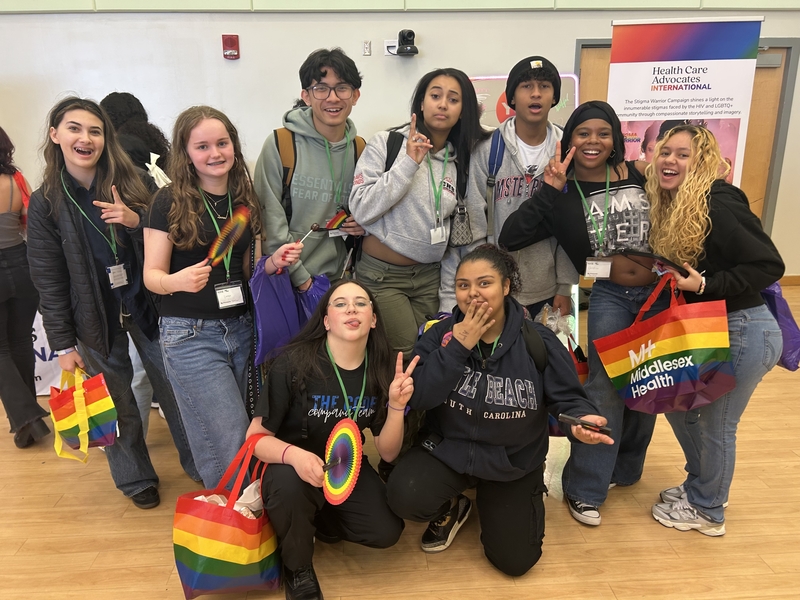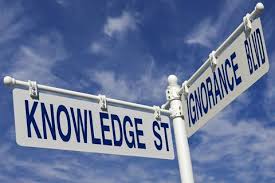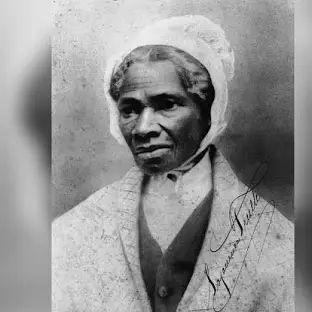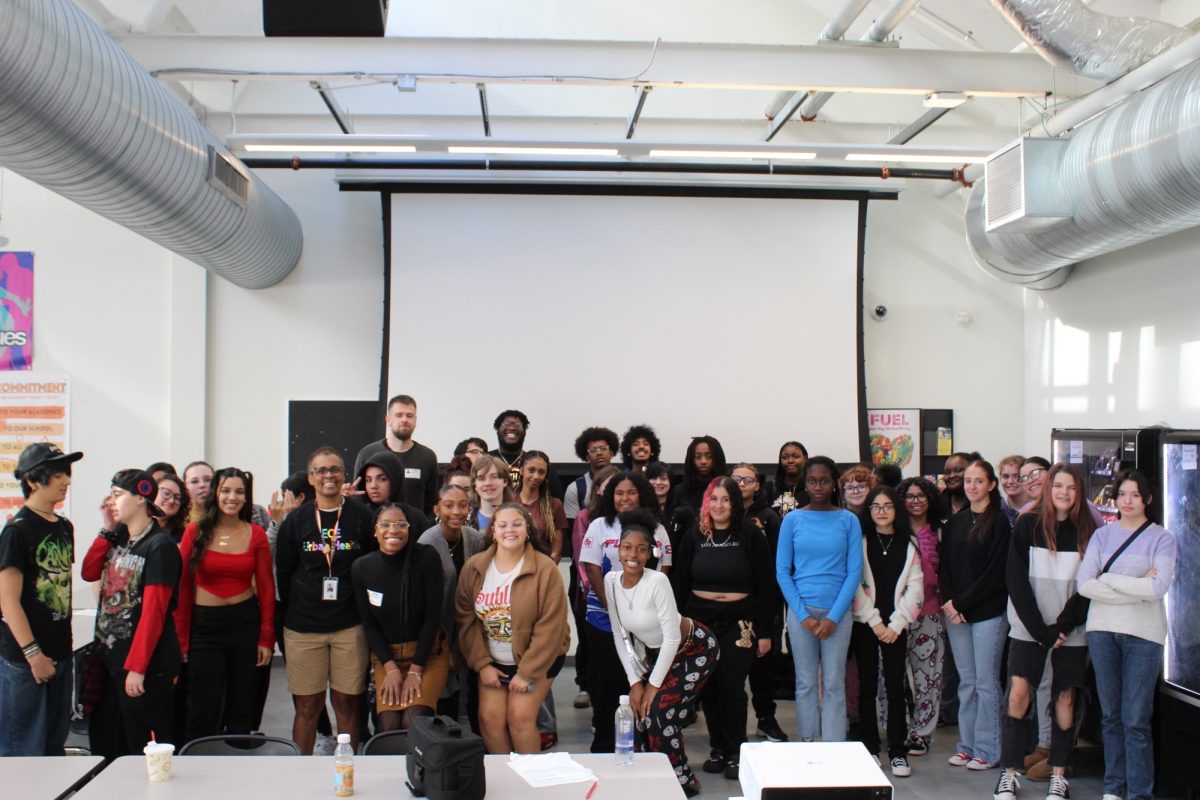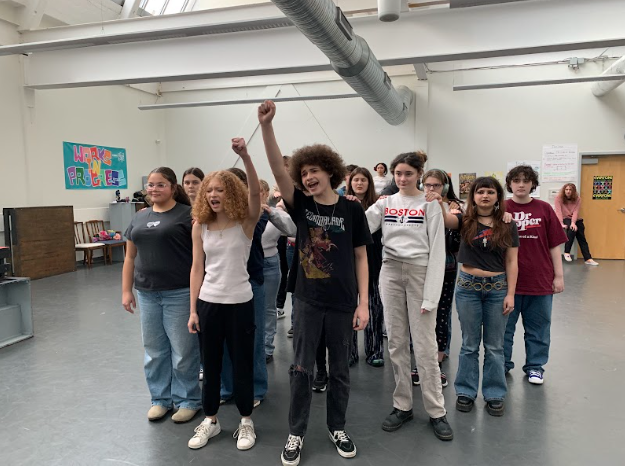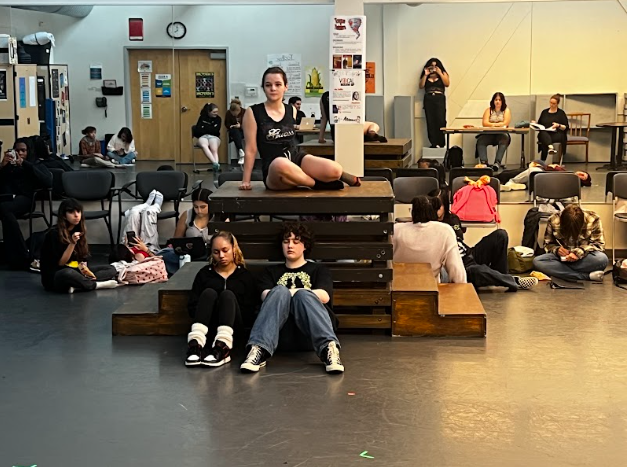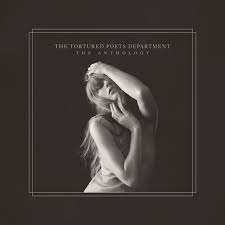On March 16th 2023, Princeton sociologist Matthew Desmond posted a persuasive opinion piece entitled “America is in a Disgraced Class of its Own” in The New York Times paper. The editorial was inspired by the COVID-19 pandemic and the American poverty crisis. Throughout the text, Desmond uses a passionate, angry and frustrated tone to convey the sense of injustice he feels when examining the levels of systemic poverty rampant in our country. His piece utilizes a claim of policy and a call to action to the upper classes to start pressuring our government to use more taxes to fund social programs and eradicate poverty for good. Desmond uses a mix of ethos, logos and pathos with an emphasis on logos to build a persuasive argument for his audience, and convince them to fight to eradicate poverty.
One technique that makes the beginning of this argument strong is Desmond’s automatic ethos. The author proves that he is a credible and trustworthy source of information through publishing his paper in the New York Times as well as being a sociologist at Princeton; both are well accredited organizations. Desmond effectively uses arete in his argument; his argument has powerful moral weight, because he’s advocating to get rid of class oppression entirely. He builds ethos in his argument using varied sentence structure and a large vocabulary such as “effective and essential” and “…breathtaking failure of moral imagination” to demonstrate a thorough understanding of how poverty in America works. Desmond’s argument is very well researched, with an abundance of facts, statistics and professional opinions that lends credibility to his argument. The author doesn’t include many details about his personal life, but he shows that he can relate to the audience by using inclusive language such as “we” and “our” when describing how the upper class benefits from the system of poverty in America. This implies that he can relate to his audience through the upper class American experience of being complicit in the exploitation of working class labor. Overall, these different types of ethos help establish Desmond’s authority and validity throughout the text.
The strongest collection of appeals the author uses to prove his claim to the audience is logos. He uses an array of second-hand evidence throughout the text including quantitative data, facts, and expert opinions to prove the validity of his claim. In the text, Desmond reports that “according to the Supplemental Poverty Measure, which accounts for government aid and living expenses, more than one in 25 people in America 65 or older lived in deep poverty in 2021, meaning that they’d have to, at minimum, double their incomes just to reach the poverty line” (America Is a Disgraced Class Of Its Own). This is an effective piece of evidence because it proves how widespread and severe the issue of poverty is. Next, he reports that “the bold relief issued by the federal government during the pandemic — especially expanded child tax credits, unemployment insurance and emergency rental assistance — plunged child poverty and evictions to record lows and powered a swift economic recovery” (America Is a Disgraced Class Of Its Own). This helps to prove the part of his argument that claims that governmental assistance has and can work to curb impoverishment.
Next, he includes an expert opinion: “I don’t think we have ever seen a policy have as much impact as quickly as the child tax credit in 2021,” Dorian Warren, a co-president of Community Change, a national organization aimed at empowering low-income people, told me. “In six months — six months — we reduced child poverty almost by half. We know how to do this.” This quote supports his claim because Dorian Warren is an expert in his field and knows the ins and outs of how poverty affects the country; he’s agreeing with Desmond’s claim. All these different types of evidence help support Desmond’s claim and build the bulk of his argument.
The last collection of appeals the author uses is pathos. He uses rhetorical questions and powerful word choice to elicit feelings of anger, passion, injustice and sympathy within his audience. He says: “…the nauseating fear of eviction. It is the suffocation of your talents and your dreams” (America Is a Disgraced Class of Its Own).Desmond uses words such as nauseating and suffocation to describe the conditions of poverty, making the audience feel sympathetic and angry that people are left to suffer like that. One rhetorical question he asks the audience is “why settle for anything less?” when referring to the eradication of poverty, to induce feelings of indignation and injustice within the readers, making them question the status quo. Desmond makes a statement that highlights who his target audience is: “Poverty persists in America because many of us benefit from it” (America Is a Disgraced Class of Its Own). This statement invokes feelings of guilt and self-reflection, because he’s calling out America’s upper classes specifically. It makes them think about their own role in the systems of class oppression in the USA, which helps to build Desmond’s argument that the upper classes need to start pushing for change in the government.
When taken together, these appeals are effective for the speaker’s target audience because it uses a mixture of ethos, logos and pathos to convince the audience that they need to pressure our government to use more taxes to fund social programs and get rid of poverty for good. The speaker relied mostly on logos in his speech because his audience would be more convinced by the facts and statistics of poverty. Most of the upper class doesn’t know first hand how widespread and devastating the effects of poverty are, so having the statistics to prove the validity of Desmond’s claim is the most effective form of rhetoric for this audience. I think this was a very effective and convincing op-ed; I’m not sure how I would make it better. However, I think using more pathos and ethos in his speech could make it more interesting and give it a different tone, or make it more emotional. Still, this was a very effective speech; the most powerful aspect of it was how effectively logos were used to prove the validity of Desmond’s claim and showing that it’s a very well researched op-ed.



